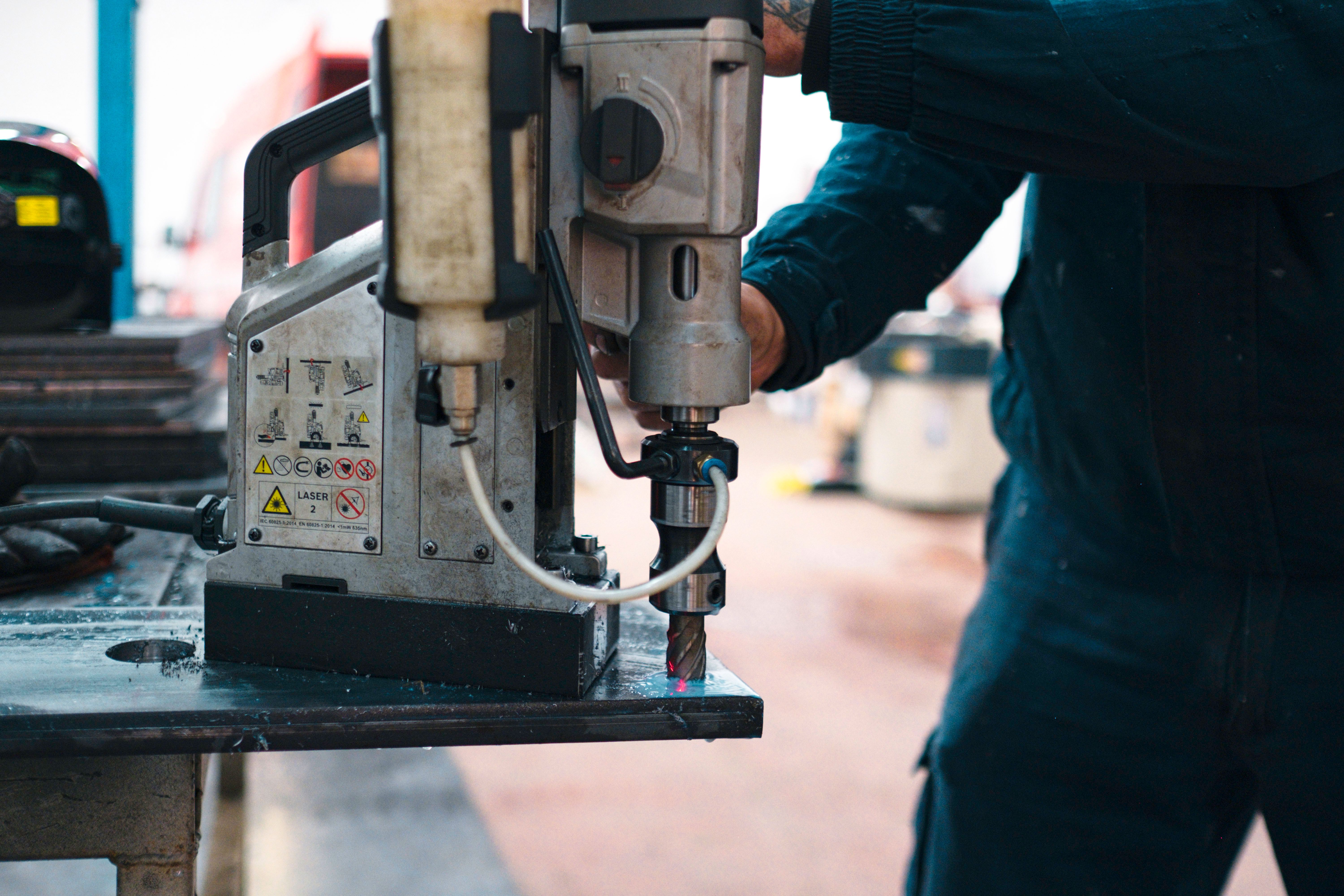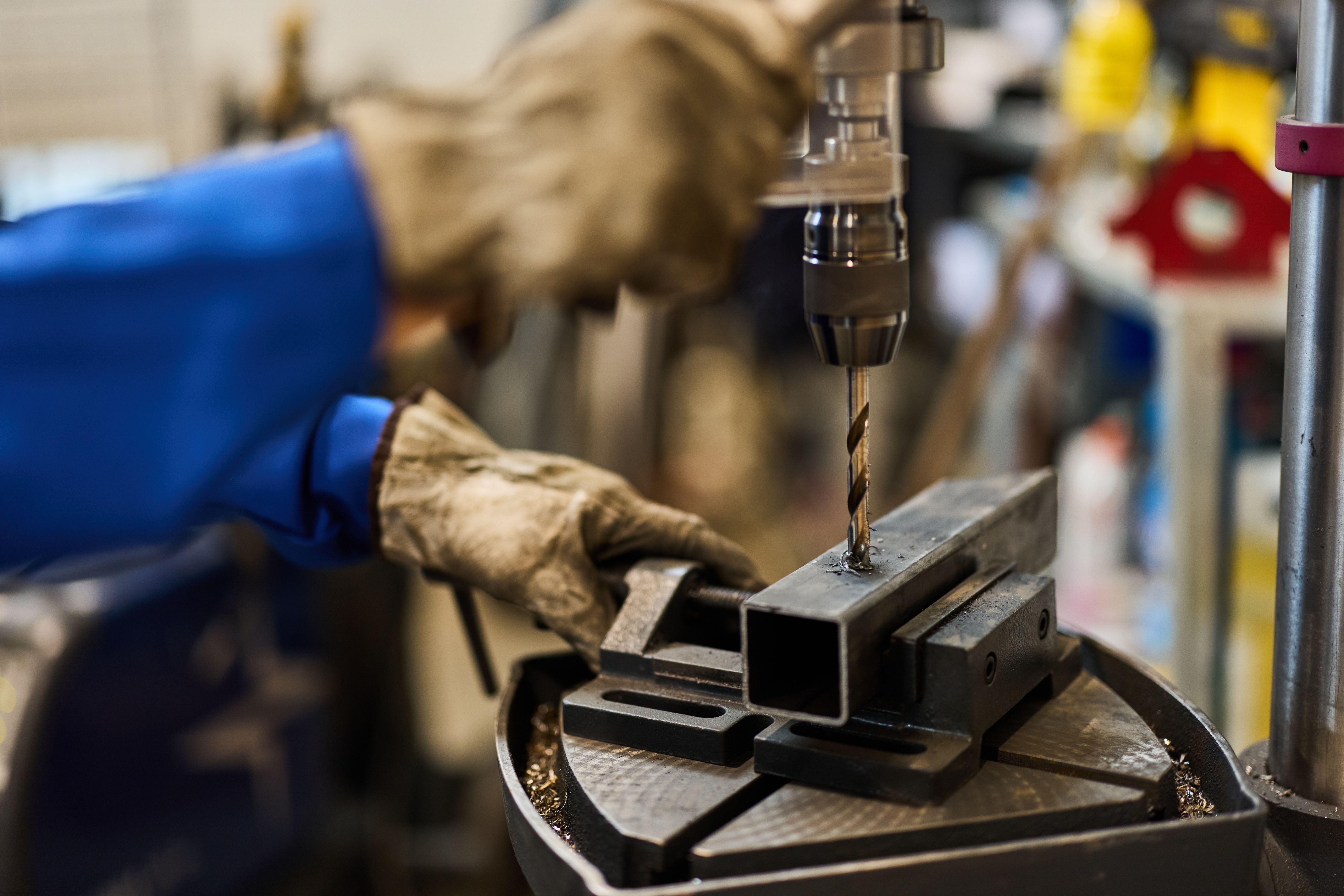راهنمای خرید دریل مگنت
RR
Understanding the Basics of a Magnetic Drill
Magnetic drills, or mag drills, are specialized portable power tools used for drilling precise holes in metal. They are especially useful in construction, steel fabrication, and heavy infrastructure projects. The core feature of these tools is a powerful magnet that anchors the drill to a metal surface, providing stability and precision during operation.
Before purchasing a magnetic drill, it's essential to understand its components and how it functions. Typically, a mag drill consists of a magnetic base, a drill motor, a feed handle, and a chuck or arbor. The magnet allows the drill to adhere firmly to metal surfaces, ensuring accurate and efficient drilling.

Key Features to Consider When Buying
When selecting a magnetic drill, several key features should be considered to ensure you choose the right tool for your needs. Here are some critical aspects to evaluate:
Magnetic Strength
The strength of the magnetic base is crucial for safety and effectiveness. A strong magnetic force will securely hold the drill in place on vertical or overhead surfaces. Check the specifications for the maximum holding force, usually measured in pounds or kilograms.
Drilling Capacity
The drilling capacity refers to the maximum diameter and depth of hole the drill can produce. This is determined by the motor's power and the drill's design. Assess your typical project requirements and ensure the model you choose can handle the necessary tasks.

Type of Motor and Speed Options
Magnetic drills come with different types of motors, commonly electric or pneumatic. Electric motors are prevalent in most models due to their versatility and power. Consider whether variable speed settings are available, as they can adapt to different materials and drilling conditions for better control.
Cutter Compatibility
Ensure that your chosen mag drill is compatible with various cutter types, such as annular cutters, twist drills, or countersinks. Some models offer interchangeable chucks or arbors to accommodate different bits, enhancing versatility.
Safety Features and Ergonomics
Safety is paramount when operating a magnetic drill. Look for features such as an automatic shut-off system if the magnet loses contact with the metal surface. Additionally, consider ergonomic factors like the weight of the drill and ease of handling, especially for prolonged use.

Portability and Power Source
If you need to move around job sites frequently, consider the portability of the drill. Lightweight models with carrying cases are advantageous. Also, decide between corded or cordless models based on your access to power sources at work locations.
Budget Considerations
Finally, your budget will significantly influence your choice. While higher-end models offer advanced features and durability, there are also budget-friendly options that provide reliable performance for occasional use. Assess your needs and frequency of use to balance cost with functionality.
By considering these factors carefully, you can make an informed decision when purchasing a magnetic drill, ensuring it meets your specific requirements and enhances your work efficiency.